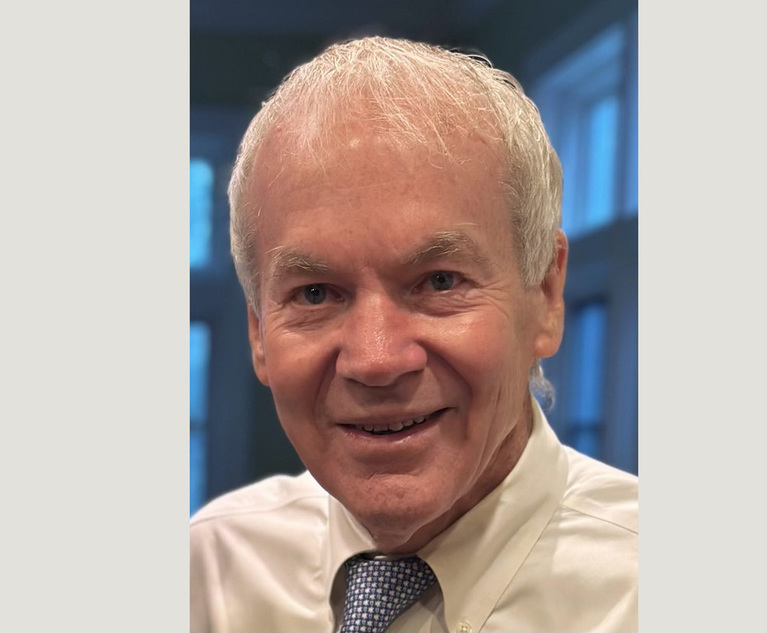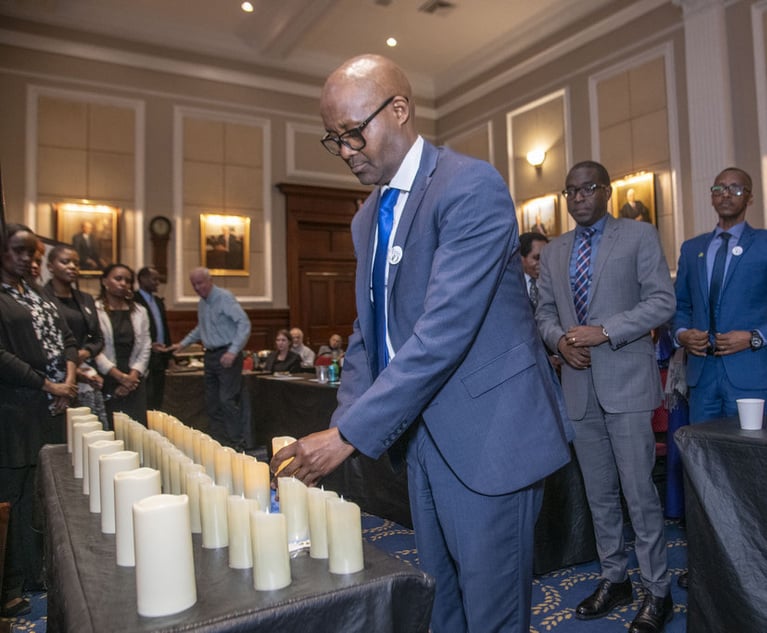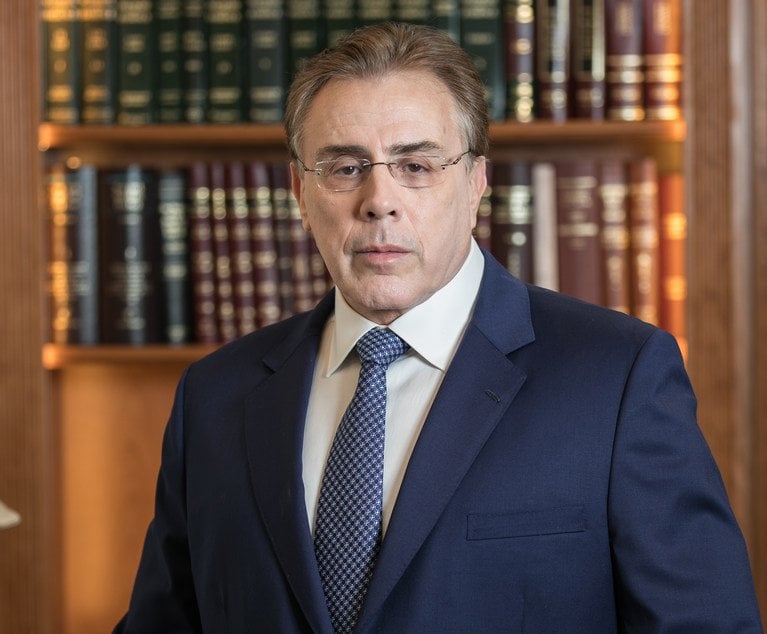It is well recognized that to establish a prima facie case of medical malpractice, the plaintiff must establish, usually through expert testimony, both a departure from accepted standard of practice and proximately caused injury. Rivera v. Kleinman, 16 NY 3d 757, 759 (2011). Generally, the plaintiff fails to make out a prima facie case without proof of negligence and proximate cause and cannot place upon the defendants the burden of exculpating themselves. Galbraith v. Busch, 267 N.Y. 230 (1935). However, when an unexplained injury occurs in an area remote from the operative field while a patient is anesthetized, the doctrine of res ipsa loquitur may support an inference and will be considered in whether a prima facie case has been established. Fogal v. Genesee Hospital, 41 A.D. 2d 468 (4th Dept. 1973).
The doctrine of res ipsa loquitur does not establish a separate cause of action but allows the fact finder to infer negligence from the happening of an event and the relationship of the defendant to that event. Some accidents by their very nature would ordinarily not happen without negligence, and in a proper case the jury may be instructed that it is allowed to draw an inference of negligence without supporting expert testimony. Kambat v. St. Francis Hospital, 89 NY 2d 489 (1997).


 John Lyddane of Vouté, Lohrfink, McAndrew, Meisner & Roberts. Courtesy photo
John Lyddane of Vouté, Lohrfink, McAndrew, Meisner & Roberts. Courtesy photo




